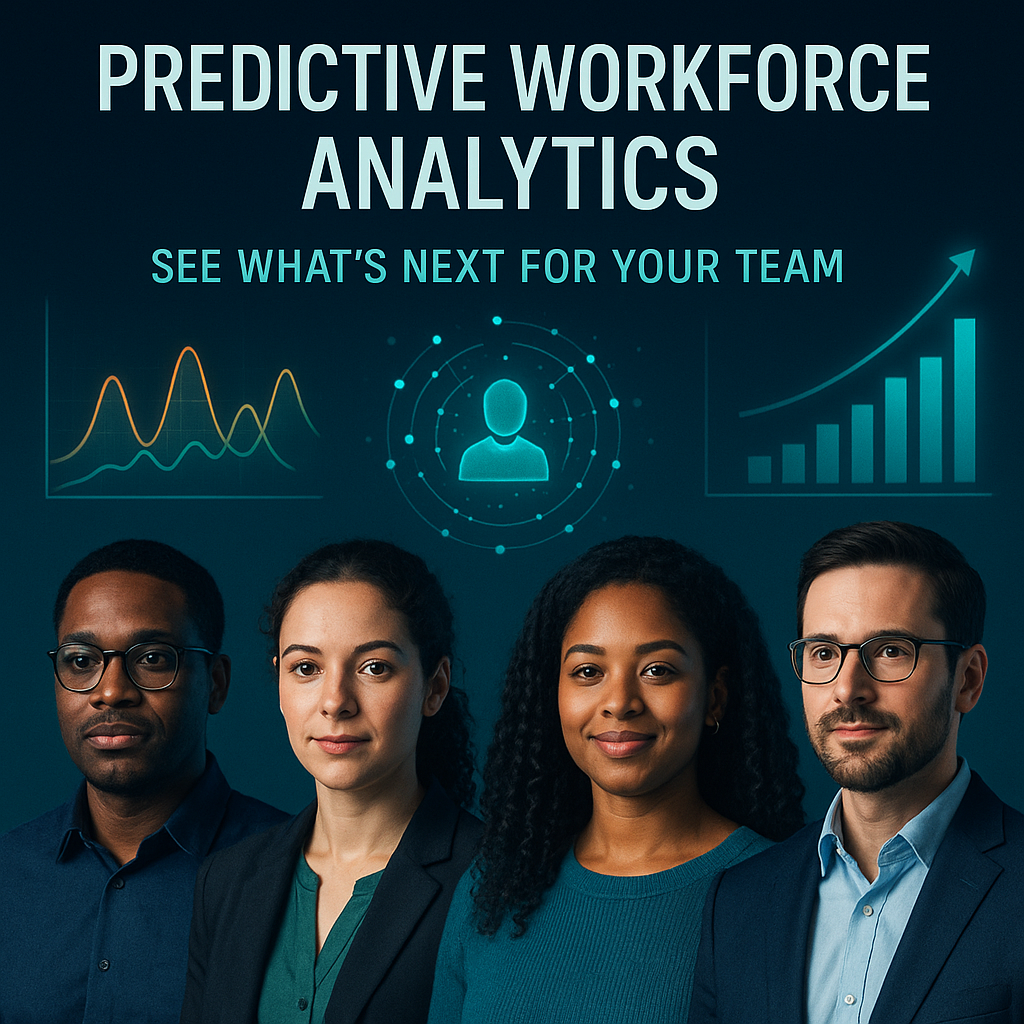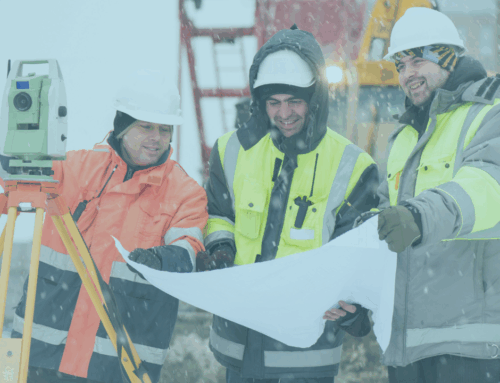In today’s fast-changing business world, guessing about the future of your workforce is like driving blindfolded. You might stay on the road for a bit, but you’ll eventually end up in a ditch. That’s why more and more organizations are turning to predictive workforce analytics — a data-driven approach to making informed workforce decisions before problems happen.
What Is Predictive Workforce Analytics?
Predictive workforce analytics uses historical data, statistical modeling, and AI-driven insights to forecast future workforce needs and trends. Instead of simply tracking what’s happening now (or what happened last year), this approach projects:
- Staffing requirements months or years ahead
- Employee turnover risks before they occur
- Skill gaps that could limit business growth
- Performance trends and productivity forecasts
Think of it as the business world’s version of a weather forecast — but instead of predicting rain, it’s predicting talent shortages, skills demands, or retention challenges.
Why It Matters Now
Companies are dealing with unprecedented change: talent shortages, shifting employee expectations, economic uncertainty, and technology reshaping jobs at lightning speed. Without predictive insights, leaders are stuck reacting to problems instead of preventing them.
Here’s why enterprises can’t ignore this:
- Avoid Costly Talent Gaps
Predictive analytics can identify upcoming staffing shortages, giving you time to recruit or reskill before operations suffer. - Boost Retention
By spotting patterns in employee engagement, workloads, and turnover risk, companies can step in with targeted retention strategies. - Plan for Skills of the Future
Automation, AI, and emerging technologies are changing the skills needed. Predictive tools help you stay ahead by aligning training programs with future demand. - Increase ROI on Workforce Investments
Smarter forecasting means you’re not over-hiring, under-staffing, or misallocating resources. - Build Resilience
In uncertain times, being proactive rather than reactive can mean the difference between stability and scrambling.
How It Works in Practice
A construction company might use predictive analytics to forecast how many skilled workers they’ll need for upcoming projects — factoring in seasonal trends, project pipelines, and even retirement projections.
A healthcare system could predict nursing shortages months in advance and start targeted recruitment or upskilling campaigns.
A tech firm might use it to identify which teams are at risk of burnout and redistribute workloads before productivity dips.
Getting Started
You don’t have to overhaul your entire HR system to start. Begin with:
- Collecting and cleaning historical workforce data
- Identifying your biggest workforce pain points
- Choosing analytics tools that integrate with your existing systems
- Building a cross-functional team to interpret and act on insights
✅ Bottom Line: Predictive workforce analytics isn’t just a nice-to-have — it’s becoming an essential tool for staying competitive, avoiding talent crises, and building a future-ready workforce. In an age where talent is the ultimate competitive advantage, seeing the road ahead is worth the investment.






